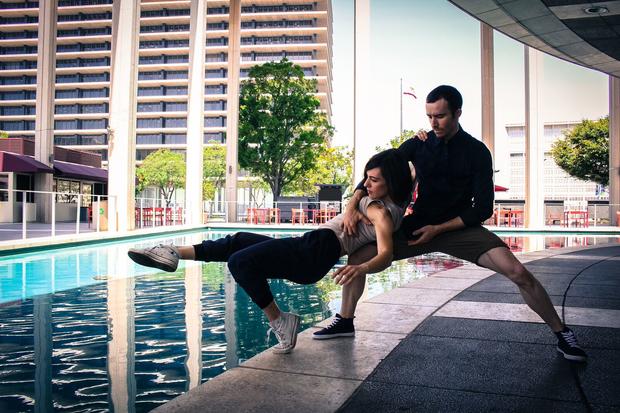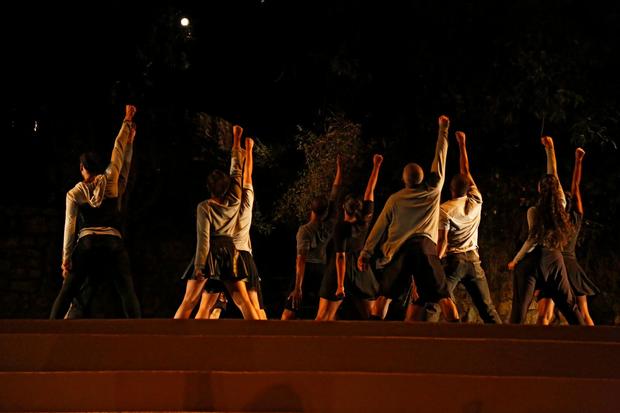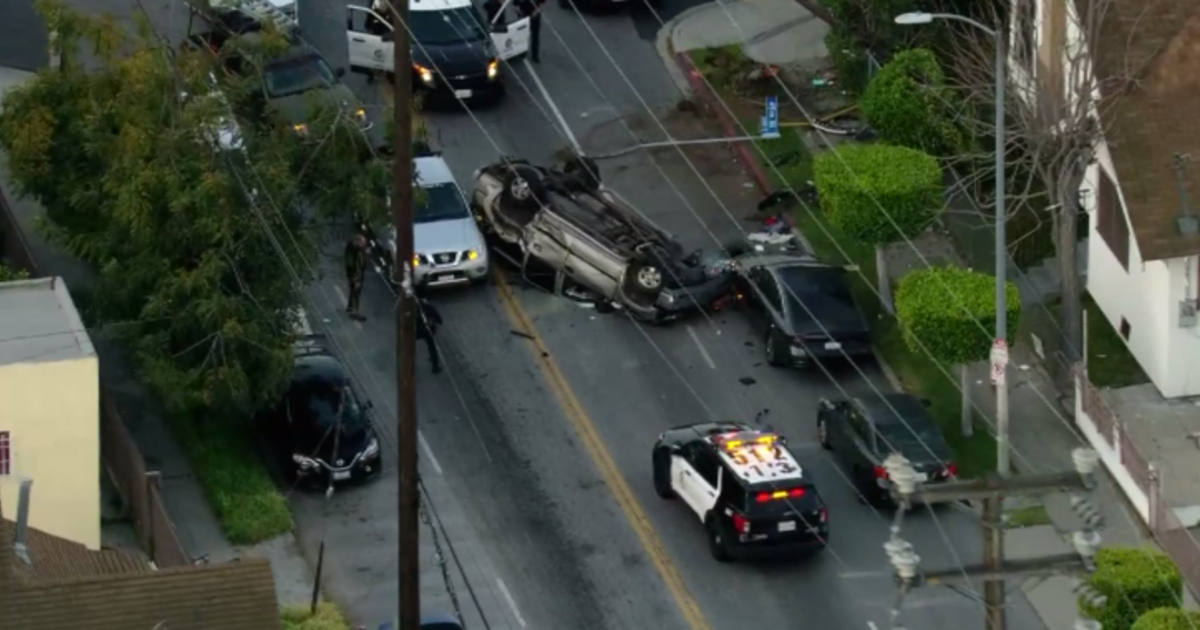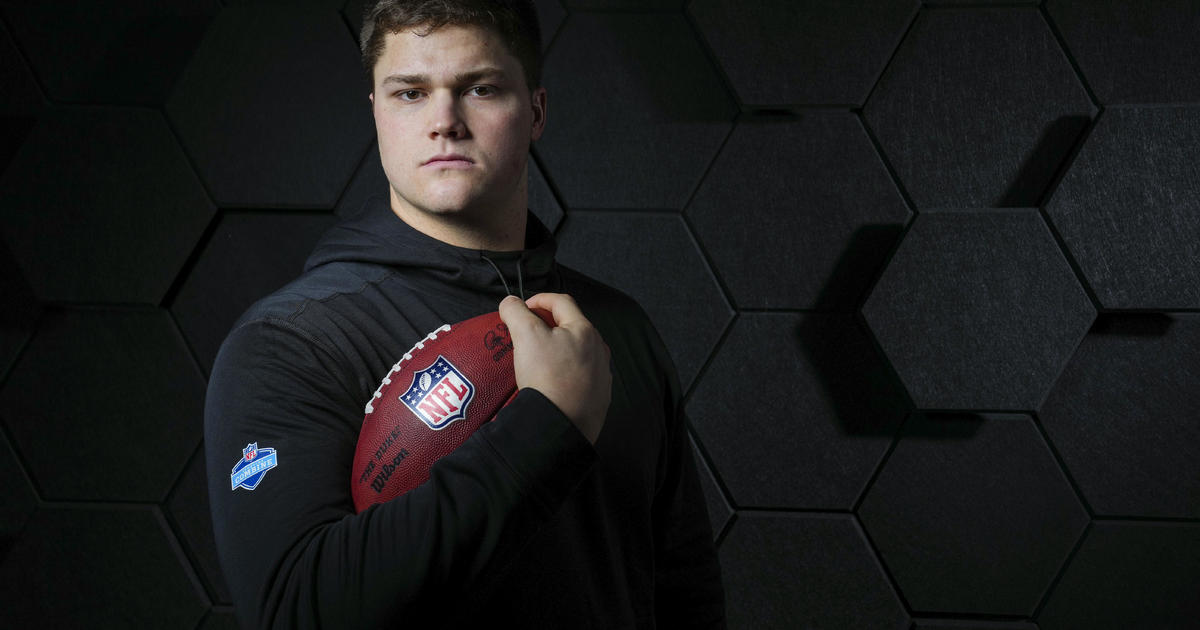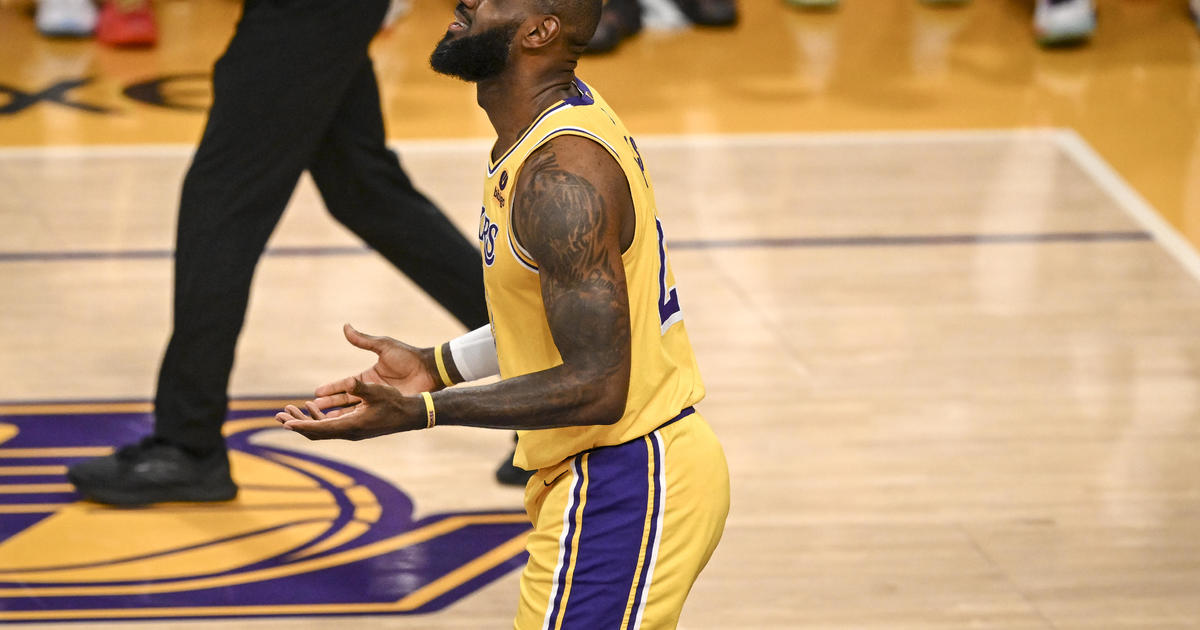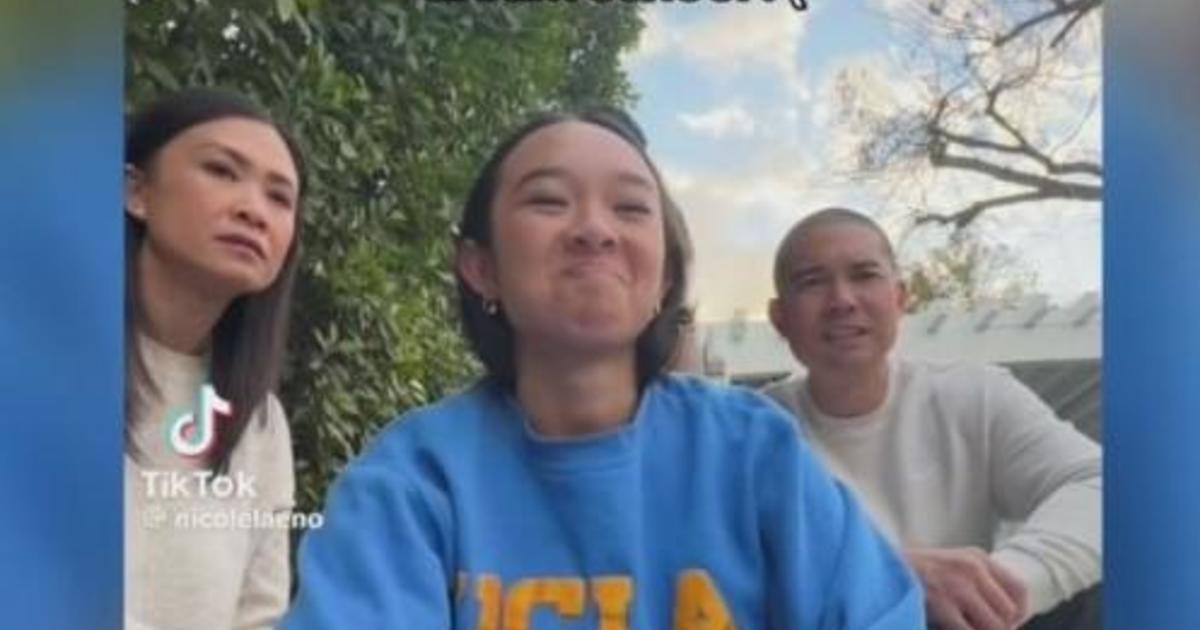The Music Center's Moves After Dark Brings Dance To LA Landscape
Jennifer Madison, CBS Los Angeles
LOS ANGELES (CBSLA.com) — Dancers are taking over The Music Center on Monday night in a site-specific series executive Renae Williams Niles calls Moves After Dark.
Niles, who recently announced her departure as The Music Center's vice president of programming, is overseeing the series before her move to USC's Glorya Kaufman School of Dance, where she will serve as director of fundraising.
And as one of her final programming efforts at The Music Center, Moves, by Monday afternoon, was looking like an early success.
Hundreds of patrons are expected to gather on the grounds for the launch, featuring performances by Contra-Tiempo Artistic Director Ana María Alvarez, Ate9, BODYTRAFFIC and Lula Washington Dance Theatre, where Niles both danced and served as company manager.
In a departure from traditional performance models, the companies will use The Music Center's architectural landscape as their backdrop.
Alvarez is performing in and around the Mark Taper Forum Pond, while Ate9 takes over the Dorothy Chandler Pavilion Founders' Room, Lula Washington dances on the exterior steps of the Walt Disney Concert Hall and BODYTRAFFIC, in a piece co-commissioned by Dance Camera West, moves through an entangled wooden sculpture — a loud burst of yellow on the grounds created by artist Gustavo Godoy.
Audiences will be guided in rotating groups to watch performances simultaneously beginning at 8:30 p.m. before the dancers join at the end of the evening for a final number.
But if you miss Monday night, not to worry. The dance takeover will continue July 14, 20 and 21, all evenings when The Music Center is typically dark.
The idea took seed about four years ago, Niles said, while she was curating programming for the 50th anniversary of what would become The Music Center, a complex founded in 1955 by Dorothy Chandler as a home for the Philharmonic. It would eventually grow to include the Ahmanson Theater, the Mark Taper Forum, Walt Disney Concert Hall and the Pavilion that shares her name.
"I've been more and more inspired by The Music Center's past and the revitalization of downtown," Niles said. "That coupled with The Music Center wanting to grow its own programming to look for really creative ways to engage audiences in and around downtown," she said, provided the push to facilitate more active participation from patrons and the use of nontraditional spaces.
"It is a little bit of an experiment," Niles said.
There have been challenges for The Music Center, but with support from the L.A. County Board of Supervisors, Niles and her collaborators successfully carved out spaces to showcase the works they felt would have the most impact.
BODYTRAFFIC Co-Director Lillian Barbeito will revisit the company's piece "Restructure," a new incarnation of a work the presented during last year's Dance Camera West in collaboration with Godoy, who built the original set.
"He is expanding on it, nuancing it," she said of changes made to the piece.
Barbeito is one of four women leading the programming. That, Niles says, was no mistake.
"As we were reaching the 50th, I learned more about Dorothy Buffum Chandler herself," she explained, crediting women with creating "a beautiful foundation and infrastructure" for local dance that goes back decades.
"For this first season, it seemed appropriate and very fitting," Niles said, noting audiences can expect a departure from that model in upcoming seasons.
"It certainly won't be this way in the future."
And the future, according to both Niles and Barbeito, is teeming with opportunity for dance-makers in similar nontraditional work.
Barbeito, for her part, says BODYTRAFFIC's participation in Moves After Dark is much larger than the company itself.
"What we want to do is have L.A. be a major destination for dance," she explained, noting the landscape has "changed tremendously" since her move here in 2001. Barbeito went on to co-found BODYTRAFFIC with co-director Tina Finkelman Berkett in 2007 and the pair have quickly established themselves as leaders in the effort to do so.
"There's such a resurgence and an appreciation for dance," she said.
"The companies that have been here for a long time are still making work, and then there is an influx of new companies. It's always been a good training ground," she added, noting that fewer concert dancers are leaving Los Angeles to pursue professional work elsewhere.
The sentiment is echoed consistently among the local dance community these days. Niles says, with reason.
"What's been interesting for the last five years years is L.A.'s dance community has had a resurgence and it has a long history, and a significant one. And so I know I'm not the only one who wants this vibrancy and excitement and energy that is so very present right now," she said.
Now, Niles is focused on ensuring that excitement isn't fleeting.
"I want it to be sustainable — for our local artists and local presenters and certainly all of our training. I want it all to thrive."
For more information about Moves After Dark and the companies involved, visit The Music Center's website.

